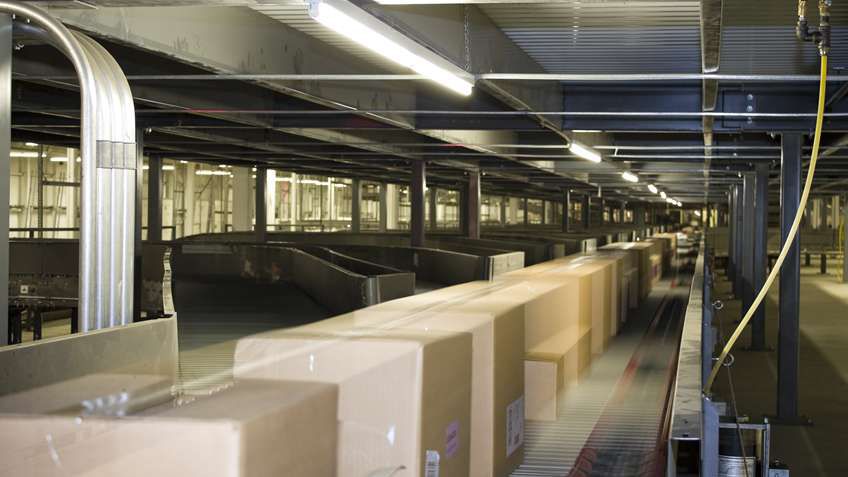Recommended For You
In industry there's always a growing need to find ways to increase throughput without increasing production time.
One way to achieve this is through the use of highly flexible and adaptable “smart” devices in control system architectures — devices that can very quickly execute simple control functions locally by making decisions independent of a central processor.
Imagine that you just captured the excitement of a fun weekend with your digital camera. In the past, you had to:
- Download the photo files to your computer
- Send them over the internet to the photo center at a local drugstore
- Wait a few hours or a days for the photo center to process them
- Drive to the store to pick them up and then return home with your printed photos
In general, we could say that if we started with our digital image files, we could expect to wait upward of several days to get our printed photos.
If we look at some of the current technology, we now have “smart” printers that allow us to simply connect our cameras directly to them, adjust a few settings, and in minutes these printers are able to process our image files into high-quality photos.
We no longer have to endure the delays involved with sending files over the internet to be processed, or the time spent travelling to and from the photo center – or even worse being unable to get our photos because the store is closed.
With DeviceLogix technology we're able to avoid some of these same issues that can delay our industrial processes and reduce our throughput. For example, we can reduce the delay in processing due to fully-loaded central controllers, or avoid the shutdown of an entire process due to a central controller going offline.
If we look at a typical industrial application such as a package going down a conveyor, we may have barcode scanner that serves as our input device.
The input data from our scanner is sent to our device (i.e. a soft starter) that controls the motor on our conveyor. The device will process that input and then transmit it over our communication network to our central programmable logic controller.
After the data is received by the PLC, it will execute the logic. At this time, the PLC also scans the input data and updates the output data. If the PLC is fully loaded, then the amount of PLC time can increase significantly.
The updated output from the PLC is then transmitted back from the PLC to our device over the communication network and our device then performs some action, such as moving our conveyor 10 feet.
If this “device” is Devicelogix enabled, then all of the processing from input to output happens locally. DeviceLogix is a platform-independent logic engine that is embedded into several Allen-Bradley devices, such as pushbutton stations, overload relays, motor starters, and drives, making them all “smart” devices.
So what does it mean to have local control?
This on-board logic engine processes inputs, controls outputs and manages status information locally within a device, removing the need to go through a communication network and central controller. Because of this, the response time of our system is improved by nearly 90%. These improved actuation times are particularly useful in applications where response time is critical.
If you're looking for improved control system performance for time-critical applications, this can be achieved by using smart devices with DeviceLogix™ component technology.
Published May 30, 2016


